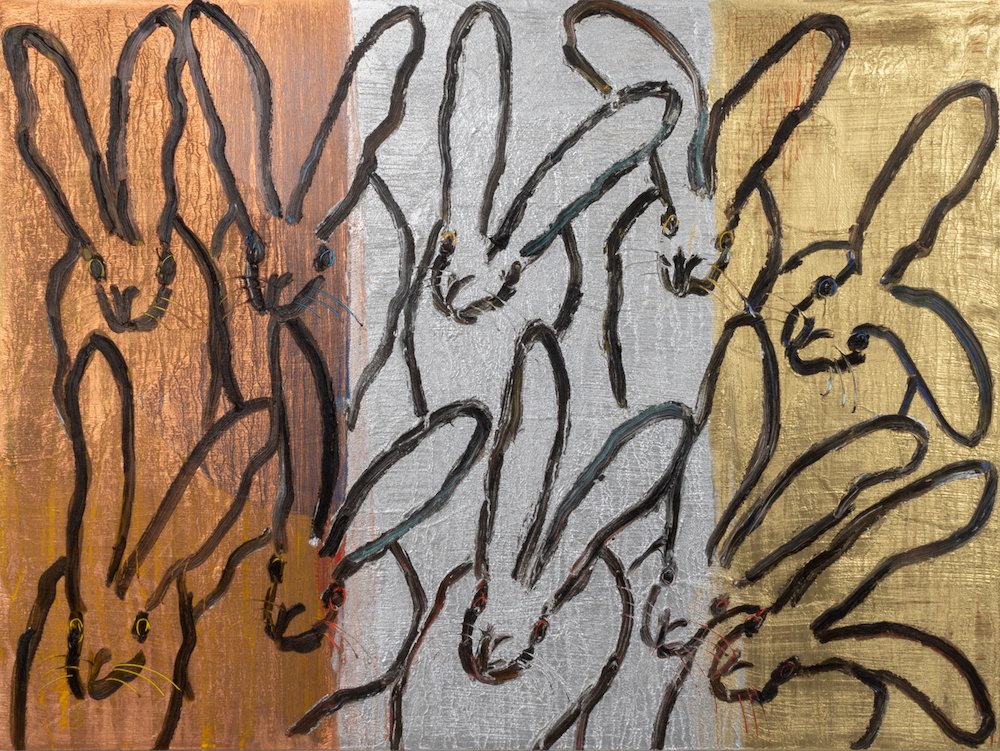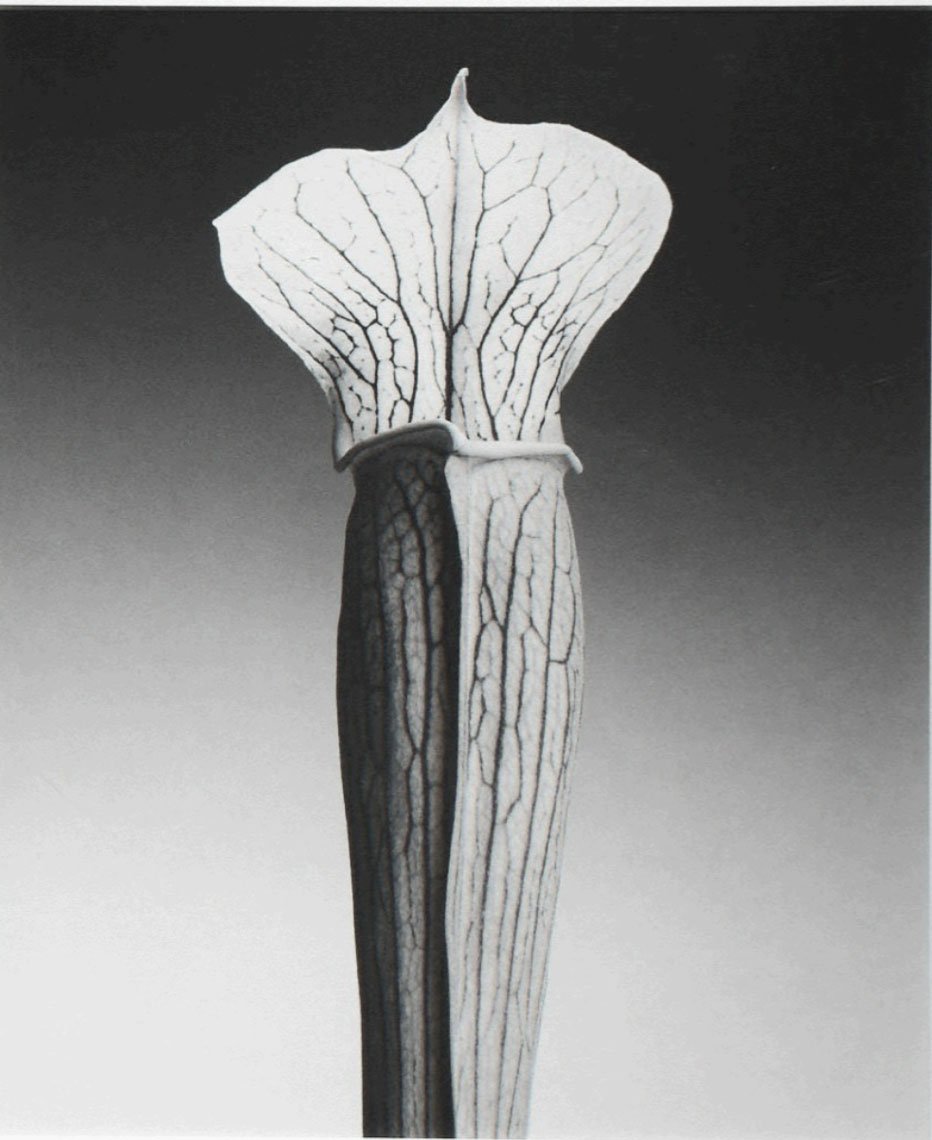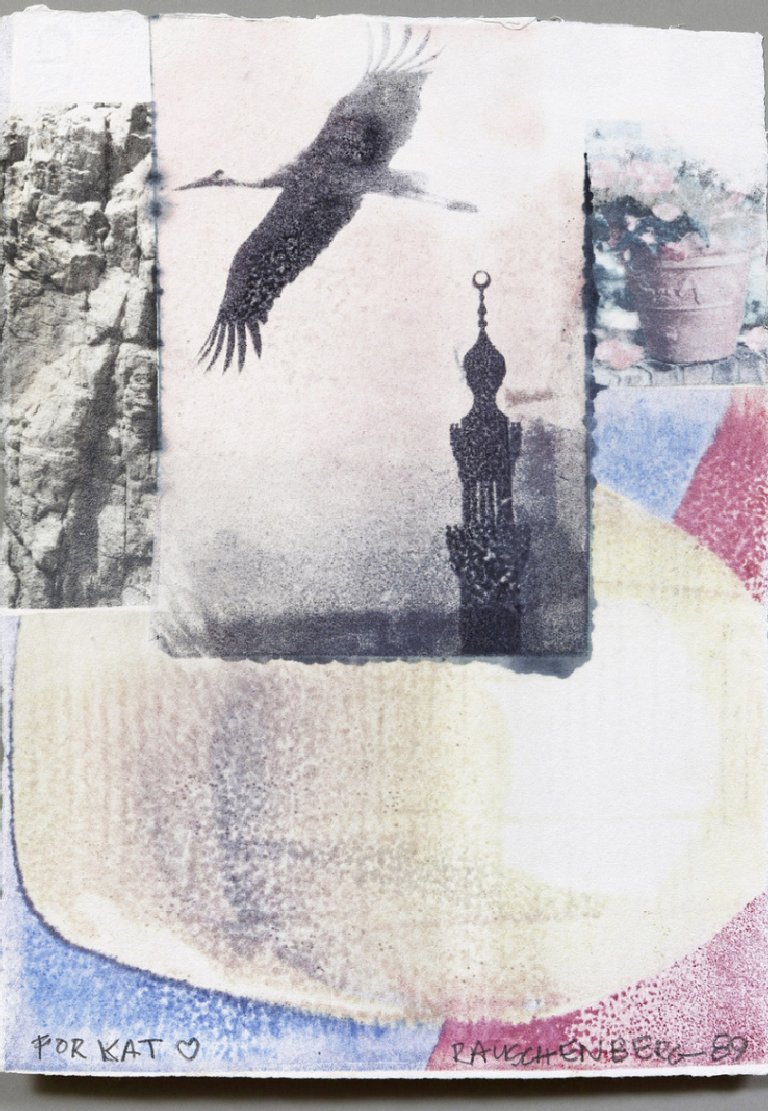For Three Decades Eckert Fine Art Has Defined Good Taste in Art
 |
| Hunt Slonem, 3 Metals 1, CSR0015, 2020. Oil on canvas, 36 x 48 inches. |
For Three Decades
Eckert Fine Art Has Defined
Good Taste in Art
Incollect Magazine recently spoke to Jane Eckert as she got ready for the opening of her new gallery space on May 24, at the Hotel Downstreet, across from Mass MoCA in North Adams, Massachusetts. Summer is a popular time for visiting the Berkshires and Eckert Fine Art has long been a destination for art lovers in the region.
by Benjamin Genocchio
Photography courtesy Eckert Fine Art
 |
| The scene just before a recent reception at the gallery’s new location. Eckert Fine Art is located in the Berkshires just steps from Mass MoCA. |
 | |
Jane Eckert is the owner of Eckert Fine Art, which specializes in postwar and contemporary art. |
What do you specialize in as an art dealer?
I specialize in art that moves me in some way. If I don’t like it personally, I can’t sell it. I think that has been the secret to my success — I get enthusiastic about a work of art and hopefully, others feel the same!
How did you come to focus on 19th/early 20th-century American artists?
In the 1980s my then-husband, Henry, worked at the Indianapolis Museum of Art and we fell in love with the 19th- and early 20th-century artists in their collection. Since we were in Indiana at that time, we gravitated toward amazing — and at that time mostly forgotten — painters from the Midwest. We published the book The Hoosier Group, Five American Painters on T.C. Steele, Otto Stark, J. Otis Adams, William Forsyth and R.B. Gruelle. I still admire their work and resell things that have come back around.
 |  | |
| Left: Robert Mapplethorpe, Jack in the Pulpit, 1988. Gelatin silver print, Edition: 4/10, limited edition, frame included, 23 x 19 x 2 inches. Right: Sidney Russell, Hammer, 2022. Oil paint on sewn canvas, unique work, 80 x 28 x 8 inches. | ||
 |  | |
| Left: Robert Rauschenberg, Untitled, 94.DO32, 1994. Inkjet dye transfer on paper, unique work, 22-1/2 x 16 x 1 inches. Right: Robert Rauschenberg, Untitled, RR89.DO64, 1989. Acrylic and solvent transfer on handmade paper, unique work, 14 x 10-1/8 inches. | ||
You have had a gallery for almost 4 decades now, How did you start dealing in art?
It all started in the Midwest and a love for 19th and 20th Century American Art. But in 1995 we moved to Florida and changed direction. We opened our gallery in Naples, Florida, in 1996 when we were living on Captiva Island where Bob Rauschenberg had his home and studio. We were lucky enough to meet him and even luckier that he liked us enough to allow us to bring a client to his studio. The client purchased a major painting and then he said we could bring another client who purchased 2 major paintings and on it went, for many years until his death in 2008. We mounted several shows on him in our Naples gallery, including one where he was reunited with the BMW car he painted years before. It was a thrilling time, as BMW in Germany had the car transported to us in a climate-controlled truck and brought into the gallery like a precious jewel. At the time, Bob had some health issues, and seeing that car again cheered him up more than any medicine. We went on to curate several museum shows on Rauschenberg and our relationship with him opened the doors to working with Jeanne Claude/Christo, James Rosenquist, Roy Lichtenstein, John Chamberlain, and many, many other great artists of that era.
 |
| Robert Rauschenberg, Red River (Runts) RR2007.012, 2007. Pigment transfer on polylaminate, unique work, 61 x 73-1/2 x 3 inches. |
What was Bob Rauschenberg like as a person?
Knowing Bob Rauschenberg was the highlight of my life. He was so generous to us, not only in business but on a personal level. We became part of his “family” and traveled with him to his opening at the Guggenheim Show in Bilbao, as well as excursions to Germany, France, Italy and all around the US. I’ve been fortunate to meet famous actors, politicians, and artists, but Bob had a charisma that was unmatched. I miss him every day. I could go on and on about him but you might get bored.
 |  | |
| Left: 00100011 [Hashtag], Acceptance, 2018. UV ink on acrylic, LED lights, 36 x 36 x 4 inches. Right: Will Barnet, Blue Robe, 1971. Limited edition set, PP/225, etching and aquatint in colors, 12-1/8 x 13-1/8 inches. | ||
You have had a strong commitment to education in the arts. What is behind that?
I think because I did not have a traditional Art History education (I was an elementary education major), the idea of educating others about art was a joy for me. I got my education from going through the storage of the Indianapolis Museum of Art, talking to great collectors, visiting museums and attending lectures. Because I grew up in a middle-class home in the middle of America, I had little exposure to art. I found art can be intimidating to people and I wanted them to know it shouldn’t be. As you learn more about it, the history of the artists and the times they lived in, it can be exciting. I’ve written a lot about art, curated museum exhibits, lectured and most recently been judging shows, all of which I still enjoy. Education is what drives and excites me.
 |
| Eric Forstmann, Taconic Encounter, 2010. Oil on canvas, 20 x 60 inches. |
North Adams is known as an ‘art town’ because of the museums there. Are your clients mostly local?
I chose North Adams because I had been Chair of the Directors Advisory Council at Mass MoCA. I fell in love with the Berkshires and the people there. To have both Mass MoCA and the Clark Art Institute 15 minutes from each other is a big draw. I have clients from the area but much of my business today is finding good homes for quality art that I either sold years ago or comes my way from contacts I’ve made. It’s one of the benefits of being in the business for so long. My friends call me ‘The Connector,’ and that is true. There is nothing that makes me happier than putting a piece of art that has been loved by someone into the collection of someone else who will love it.
 |  | |
| Left: Eric Forstmann, It’s Really All About Me, 2010. Oil on paper, 44 x 36.5 inches. Right: Eric Forstmann, Sloan Road, 2021. Oil on panel, 48 x 36 inches. | ||
You exclusively represent the realist painter Eric Forstmann, how did that come about?
Around 2000, we were in the home of our artist friend, Don Gummer, who had a lovely painting of Eric Forstmann’s that he had given to his wife, Meryl, as a gift. We immediately were drawn to it as Eric seems to harken back to the 19th century but with a modern twist. Don suggested we visit his studio in Sharon, Conn., which we did and were impressed that he had no inventory and had to borrow paintings he’d done from his friend, Kevin Bacon, to show us. All the shows he’d had in a small gallery near his home sold out immediately so we tried taking a few things to the Naples gallery. The same thing happened there and the rest is history. I love that Eric stays true to himself, he is a pure Realist painter, who sets up his compositions and paints them from life. It’s been wonderful to see how he has flourished in the art world, with five one-man museum shows and inclusion in countless museum and corporate collections. The many private collectors that love his work have become our friends. It’s rare to exclusively represent an artist for 23 years and still be friends, but we’ve managed to make it work.
 |  | |
| Left: Don Gummer, Mondrian, 2014. Painted aluminum and stained glass, 132 x 96 x 44 inches. Right: Don Gummer, Escape, 1995. Cast bronze, unique work, 90 x 72 x 84 inches. | ||
 |
| Hunt Slonem, Ocelots Blue Pearls, CSR1159, 2020. Oil on canvas, 40 x 60 inches. |
Hunt Slonem is another of your artists, what in your view is special about his work?
Unlike Eric, whom I discovered early on in his career, Hunt was well-known and well-respected when I came along. Hunt has been compared to the Pop artists and Neo-Expressionism in general, yet I feel what sets him apart is his signature repetition of imagery, cross-hatching and lush color. He is a collector of old mansions and recently purchased Searles Castle which was designed by Stanford White, in Great Barrington, Mass., not far from the gallery.
 |
| Chizuru Morii Kaplan, Lonesome Journey VII, 2019. Watercolor on Arches paper, 45 x 77 inches. |
What art do you live with in your home?
I live with works by Bob Rauschenberg and other postwar artists. Quite a few paintings by Eric Forstmann adorn my walls, both still lifes and landscapes of the beautiful area where I live. Another favorite watercolor artist I also work with, Chizuru Morii Kaplan, has work hanging in my home. Chi, as we call her, is Japanese-born and an architect who did renderings for the likes of I.M. Pei before studying watercolor painting at the Art Students League. She’s a favorite of mine. There are a few 19th-century works that I’ve held onto through the years. I guess the history of being an art dealer is all around me.
 |



























